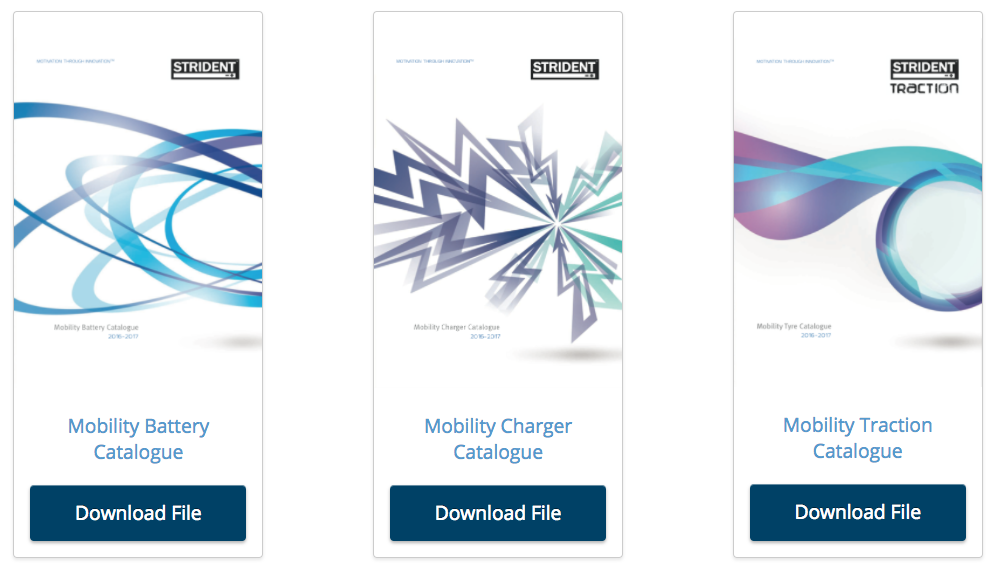If you are new to mobility scooters or powered wheelchairs – or a family member or close friend is just about to acquire one – here is our quick 7 essential rules for legally and safely heading out and about.
Rule #1 – You may need to register your scooter
Whilst you don’t need a driving licence to drive a mobility scooter or powered wheelchair, you may well have to register it. Broadly there are two categories:
- class 2 invalid carriages – which cannot be used on the road (unless there is no pavement). These have a maximum speed of 4mph.
class 3 invalid carriages – can be used on the road, and have a maximum speed of 4mph off the road, and 8mph when driven on the road. You must be 14 or over to drive a class 3 invalid carriage.
You don’t need to register a class 2 invalid carriage.
You do need to register class 3 invalid carriages.
Rule #2 – Make sure your class 3 invalid carriage has the following:
- maximum weight (unloaded) of 150kg
- maximum speed of 8mph and a device to limit its speed to 4mph
- maximum width of 0.85 metres
- working and efficient brakes
- front and rear lights and reflectors
- hazard warning lights function
- horn loud enough to be heard clearly
- rear view mirror
- an amber flashing light if it’s used on a dual carriageway
Please make sure you have all of these as the police could stop you if your class 3 scooter or powered wheelchair doesn’t have these features.
Rule #3 – What to do/not do when driving on a road
First, remember that you can only drive on the in a class 3 invalid carriage and that the maximum speed is 8mph. Follow the Highway Code at all times.
You can’t drive on bus lanes, cycle lanes or motorways.
Don’t use dual carriageways with a speed limit of over 50mph. If you go on a dual carriageway use an amber flashing light for visibility.
Rule #4 – Freedom to drive on footpaths and parking
All mobility scooters and powered wheelchairs can legally travel at a maximum of 4mph on footpaths or in pedestrian areas.
Please keep off cycle paths marked ‘cycle only’.
Rule #5 – Considerate Parking
Consider your scooter or powered wheelchair as you would a car. All normal parking restrictions apply.
Your vehicle shouldn’t be left on a footpath or pedestrian area on its own if it gets in the way of other pedestrians, including wheelchair users and people with prams or pushchairs.
Rule #6 – Who can use a mobility scooter or powered wheelchair
- anyone who has trouble walking because of an injury, physical disability, or medical condition
- if you are demonstrating the vehicle to a potential buyer
- if you are conducting training for a disabled user
- if you are taking the scooter or wheelchair to or from maintenance or repair
Rule #7 – No vehicle tax but remember registration and insurance
You’ll be glad to hear that there is no vehicle tax for any mobility scooter or powered wheelchair. Do see rule #1 about needing to register class 3 invalid carriages.
To register a class 3 invalid carriage, complete form V55/4 for new vehicles, or V55/5 for used vehicles. Download either of these forms from the DVLA’s online ordering service. Follow the instructions and return the form by post (currently the only option).
Insurance: Whilst you don’t actually need insurance for a mobility scooter or powered wheelchair, it is strongly recommended in case of any accident.
Maintenance
In addition to all this great guidance, do please keep you Mobility Scooter well maintained. If you are looking for new batteries, chargers or tyres for your mobility scooter, take a look at our catalogues page. Click the image below to take you there.
